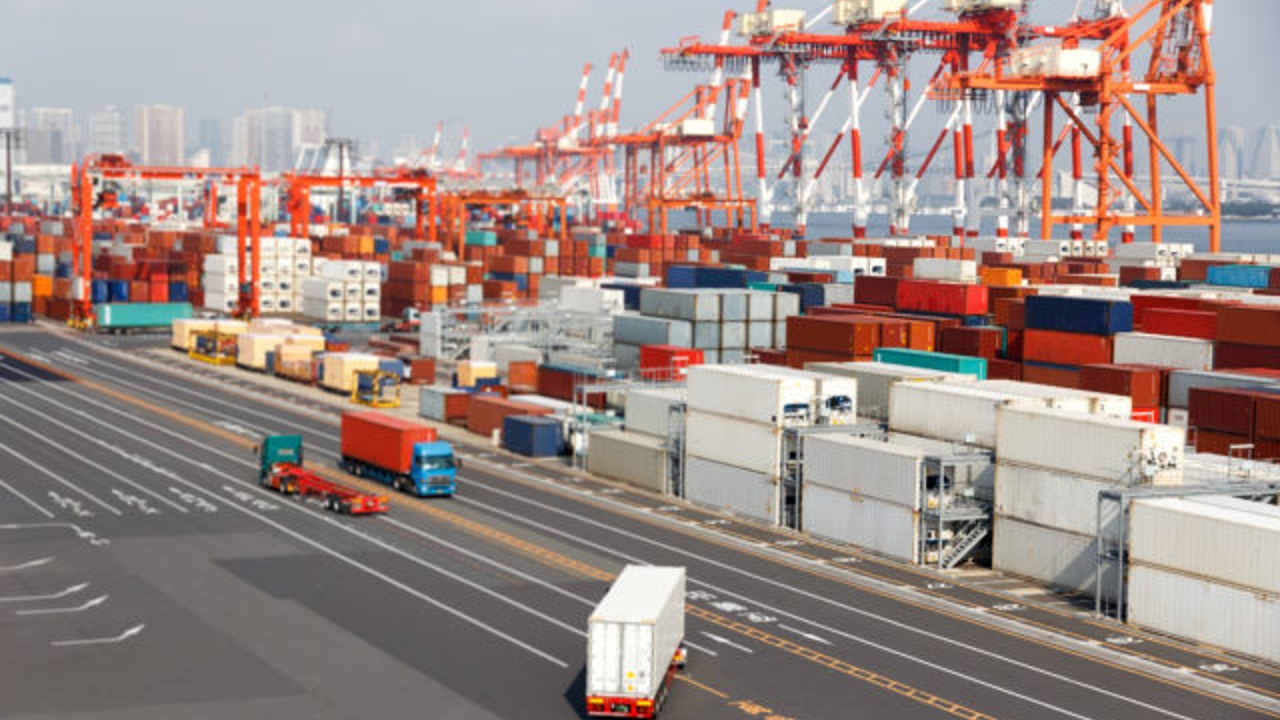PCL is a new concept, which largely refers to the transformation of the port into a space of supply chain innovation and collaboration.
To meet current challenges, and prepare for future ones, ports and terminals must transform their operations. In doing so, they must become more sustainable and promote collaboration. In practice, this means making data available, utilisation yard space and increasing throughput, all the while cutting emissions. This concept has, in recent years, become known as port-centric logistics.
Port-Centric Logistics (PCL) is used to describe logistics and distribution services based at the port. At its heart, it is intended to be an alternative to inland depots and centrally located national distribution centres. In practice PCL allows shipments to be stored at ports and therefore cut the number of handling stages throughout the supply chain.
The truth is, depending on your place in the supply chain, the phrase port-centric logistics could have a different meaning, such is the vastness of a port’s operations. However stakeholders choose to define the phrase, it is imperative that ports understand the importance of improving their logistical operations.
“The growth of the global economy, not counting the COVID-19 slump, has led to increasing amounts of goods being transported on the sea and through ports.“
The main inputs and contributions are:
- Carriers have responded to the changing environment by expanding their fleets and forming alliances to streamline services. They have also, in the case of A.P. Moeller-Maersk and others, invested heavily in the supply chain to become integrated end-to-end providers. This has meant carriers no longer see ports as simply a convenient spot for importing and exporting, but rather one that is already part of an efficient, integrated supply chain.
- This concept is not limited to carriers. Terminal operators are increasingly seeing themselves as enablers of global trade, instead of being confined to the port. DP World, for example, views ports as central to its global integrated logistics operations. As part of this it has developed a range of secondary services for importers and exporters, from inventory management to warehouse management, all with the goal of driving growth.
- Incidentally, this doesnt just refer to ports and carriers, but warehouses, freight forwarders and hinterland connectivity networks.
In case of implementing this kind of solutions the expected benefits will be:
- Port-centric logistics will be a key drive going into the next decade as there is a growing demand for distribution facilities to be located at ports.
- Ports’ investments will improve the overall value proposition of the supply chains they support.
- As well as reducing supply chain links, and therefore cutting costs, port-centric logistics also improves operations and customer service because containers are unloaded, checked and distributed from a single port-based location.
- With the rise of one-day-delivery and heightened consumer demands, the ports will start adding value to the entire supply chain beyond the traditional port boarders.
- The industry appears to be taking environmental issues and sustainability as seriously as it ever has with the introduction of new biofuels, sustainable ports and carbon capture. There will be a continued drive to develop and implement technologies that are more sustainable and work within the industry.
“This emphasis on connectivity is central to port-centric logistics because as trade gets faster and greater, it must also get “smarter”, and by that we mean it needs to bring logistics services closer together.“




Leave a Reply